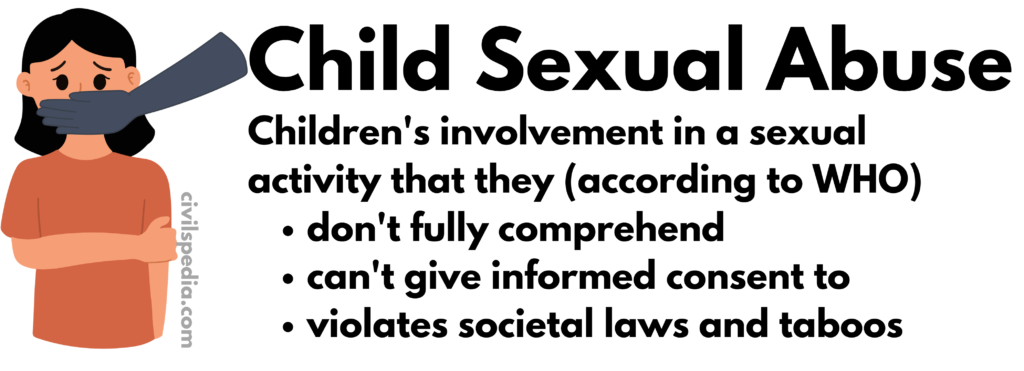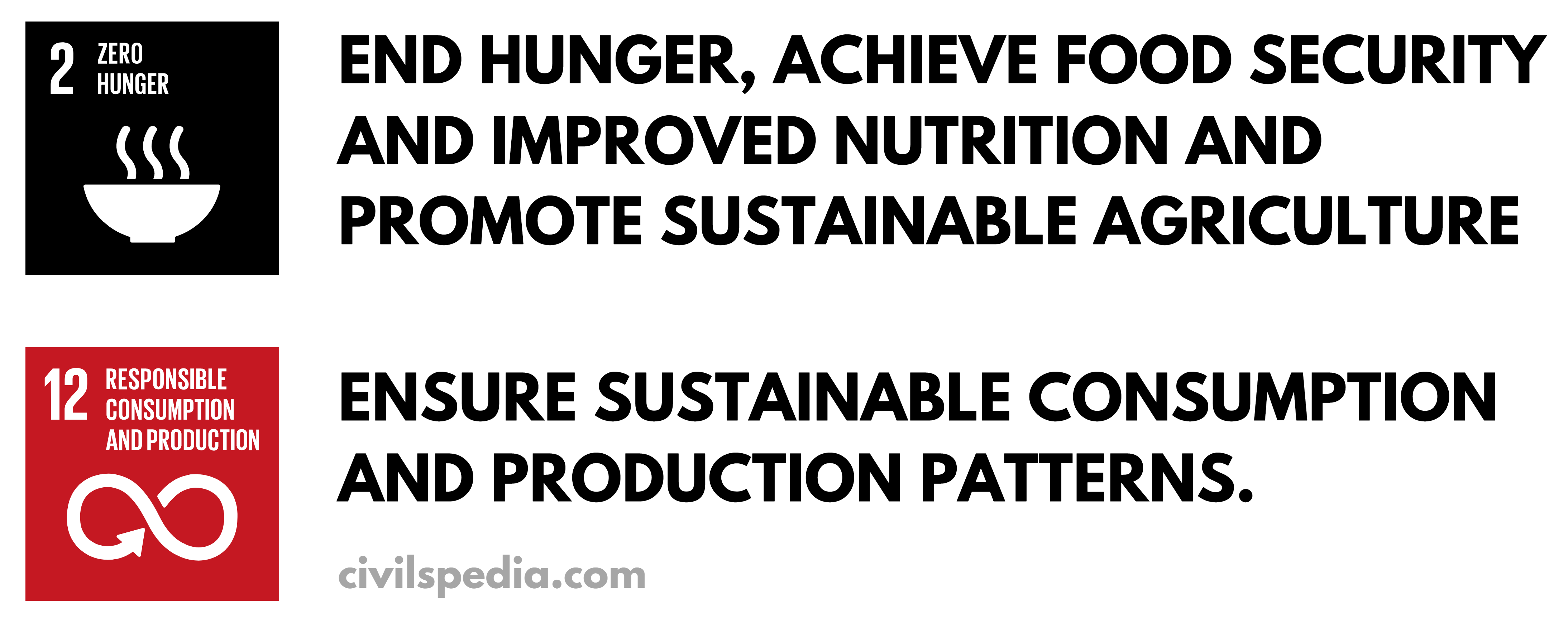Last Updated: June 2023 (Ayushman Bharat Scheme (UPSC Notes))
Ayushman Bharat Scheme (UPSC Notes)
This article deals with ‘Ayushman Bharat Scheme (UPSC Notes).’ This is part of our series on ‘Society’ (GS 1) and ‘Governance’ (GS 2). For more articles, you can click here.
Models of Health Care

There are two main models of healthcare that are worth discussing: the Free Market model and the Cuba model.
Model 1: Free Market Model
- Countries like Japan, Switzerland, Germany, and South Korea rely on the private sector and insurance companies to provide healthcare services.
- In these countries, the government does not directly provide healthcare services, but it still has significant control over the system. The government regulates the services offered, sets prices for healthcare services, and establishes protocols for treatment.
- If any country, including India, wants to promote a healthcare system that involves the private sector and insurance providers, strict regulation and effective implementation of those regulations are crucial.
Model 2: Cuba Model
- In Cuba, all healthcare services are provided by the public sector.
- The country has made substantial investments in medical education, producing a large number of doctors. These doctors now work under the government to provide healthcare services to the people.
Ayushman Bharat Scheme
Ayushman Bharat has two components i.e.
- Health and Wellness Centres
- National Health Protection Scheme
Component 1: Health and Wellness Centres
- The government is converting 1.5 lakh existing sub-centres into Health and Wellness Centres.
- Services provided in these centres will include
- Pregnancy Care and Maternal Health Services
- Neonatal and Infant Health Services
- Child Health
- Chronic Communicable Diseases
- Management of Mental Illness
- Dental Care
- Eye Care
- Geriatric Care
- Emergency Medicine
Component 2: National Health Protection Scheme (NHPS)

10 crore households across the country, constituting 40% of the total population selected based on “deprivation and occupational criteria” as per SECC data, 2011, are covered under this scheme.
The main provisions of the scheme are
- Annual medical insurance coverage of Rs. 5 lakhs per household.
- All secondary care & most tertiary care procedures are included.
- Benefits can be availed both in public as well as empanelled private hospitals.
- There is no cap on the family size.
- It is Centrally Sponsored with Centre and State sharing 60: 40 (90: 10 in case of Special Category States)
- Implementing Agency: National Health Authority (NHA) (body under Health Ministry)
- The scheme includes pre and post-hospitalization expenses as well.
- It includes transportation allowance per hospitalization.
- Pre-existing diseases are covered under the scheme.
- Access is given by cashless health card.
- Benefits are portable throughout the country.
Significance of the Scheme
- It leads to massive cuts in the Out of Pocket Expenditure of the patients.
- It increases access to affordable healthcare, especially for the poor.
- It has strengthened the public healthcare infrastructure.
- The scheme has also incentivized the creation of new healthcare infrastructure in rural, remote and under-served areas.
Critical Appraisal of the Scheme
Achievements of the Scheme
- The Ayushman Bharat Scheme implemented by the Indian government is the largest publicly-funded health program globally.
- The Ayushman Bharat Scheme has successfully consolidated various health insurance schemes and offers greater health coverage compared to the previous Rashtriya Swasthya Bima Yojana.
- The scheme has expanded the beneficiary base of health insurance schemes, and several states have achieved universal coverage for their citizens.
- It incorporates a robust monitoring mechanism, leading to the identification and blacklisting of numerous hospitals involved in fraudulent activities under the scheme.
- The scheme serves as a solution to address the issue of rising out-of-pocket healthcare expenditure, which often leads to individuals falling into a cycle of poverty.
Limitations of the Scheme
- Limited Government Control over Private Hospitals: Regulation of clinical establishments in India is ineffective, resulting in many fraudulent activities. It includes the creation of ghost beneficiaries and the conversion of outpatient (OPD) patients into in-patient (IPD) patients.
- The evaluation of the Rashtriya Swasthya Bima Yojana (RSBY) in the past has revealed a lack of institutional expertise and capacity in India to effectively implement public health insurance. India doesn’t have the prerequisite regulatory framework to regulate Insurance based healthcare.
- International Experience: International experiences have demonstrated that relying on insurance-based healthcare provision can be a costly financing model for governments.
- Against the Federal Principles: The scheme limits the autonomy of states as healthcare is a subject under the jurisdiction of the state list, thus posing challenges to federalism.
- Budget Constraints: The allocated budget for the scheme is insufficient to cover the overall costs, posing financial limitations on its effective implementation.
- Quality Control Issues: Out of the 18,000 private hospitals enlisted under the scheme, only 600 have received quality certification, raising concerns about the overall quality control measures in place.
- Low Coverage as Middle Class not covered: NITI Aayog has suggested to include the ‘missing middle class’ within the ambit of PMJAY as they can’t afford private health insurance and are currently not covered under PMJAY.
Question: In India, since Public Health Infra is weak, is Insurance the way out?
- No doubt, Insurance provides a simple way out, but it isn’t a sustainable way. Examples from the U.S., the Netherlands etc., have shown that a simple solution at one time becomes a problem for the next generations. The U.S. tried to rely on Private Insurance, and the result was a politically empowered industry dedicated to preserving its business at the expense of better risk pooling, equality, more efficiency, and simpler administration.
- Building strong Public Healthcare is the sustainable way to reach the goal of providing Healthcare facilities to all. Countries such as Cuba have shown to the world that in spite of their lower GDP, the best and cheap health services can be provided to people if the government has a vision.
- But since Public Healthcare can’t be built in a day, we can’t ignore Insurance altogether. There is a need to provide Insurance coverage to people as a cushion. But at the same time, we have to build a strong regulatory framework so that Insurance companies don’t charge exorbitant rates to vulnerable people. Government should try to stop Insurance companies from “actuarial” rate-setting.
Ayushman Bharat Digital Mission (ABDM)
- Announced by the PM on Independence Day Speech of 2020.
- Implementing Agency: National Health Authority (NHA) (body under Health Ministry)
- This initiative enables citizens to generate their Unique Health ID (UHID), which serves as a central point for their digital health records.
- By using this UHID, individuals can securely access health records in an electronic format. Further, the system allows patients to share their health information with doctors and insurance companies, eliminating the need for multiple physical files, photocopies, or X-rays.

































